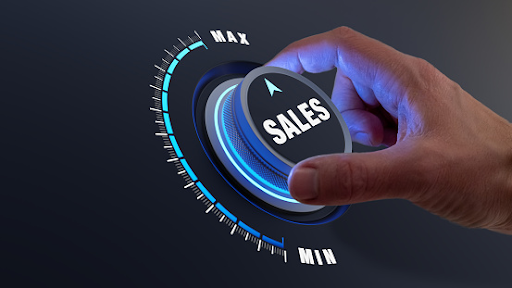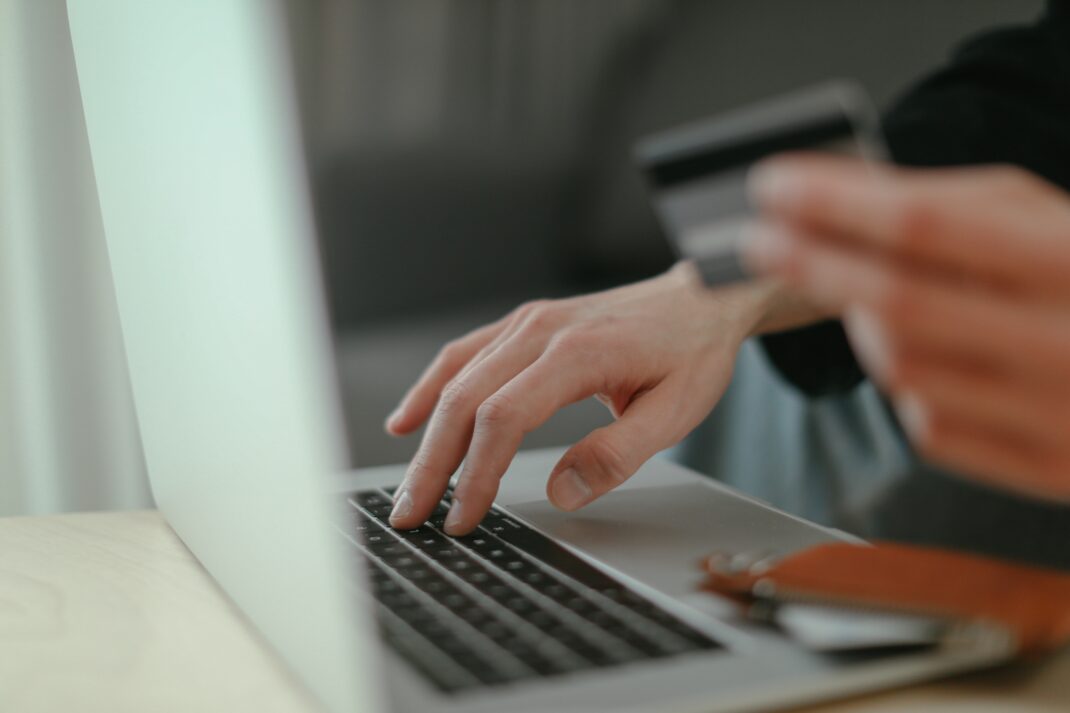Related Articles
Facial recognition mobile applications. All of us have our own unique facial features with distinct landmarks and nodal points.
Our faces are what make us stand out and be identified in a sea of people and it evokes a rush of memories, familiarity, and emotion.
Modern technology has made it possible for machines and Artificial Intelligence to emulate the unique ability of the human eye to remember and categorize faces.
This concept is called Facial Recognition and it refers to any technology that can detect and identify a human face.
It has brought forward numerous pragmatic uses for our faces in a host of fields and on a grand, algorithmic scale.
From law enforcement, banks, retail owners, factories and medical professionals to even ordinary individuals like you and I, facial recognition is a biometric and secure means of protecting our sensitive information and a powerful tool to identify faces.
What are Facial Recognition Mobile Applications:
During the early stages of the technology, its use was mostly limited to computer applications.
Now, it has slowly but surely made the transition to mobile devices. Indeed, almost all mobile devices in the last year came preloaded with facial recognition hardware and forecasts show that this trend is likely to continue and grow exponentially.
Users now have the luxury and convenience of being able to make use of this technology on the palm of their hands. To set you on your path, this article will list the top Facial Recognition mobile applications that are currently on the market.

Top Facial Recognition Mobile Applications Available Now:
1) Luxand:
While we are adept at recognizing faces, our memory sometimes fails us. This is where Luxand comes in.
Luxand is not just one app but an entire firm with many face detection APIs under its name.
A team of high-tech researchers are behind all the projects and their countless hours of hard work on next-generation technology has brought fruit as many big and influential firms like Universal Pictures, Samsung and Unilever use their services.
Luxand’s Face Recognition API is a powerful tool that you can use to scan and store facial signatures in a database or directory. You can also attach names to the faces before or after uploading them.
This allows you to remember the names that the faces belong to as the information is easily accessible.
The Avatar API is even capable of creating highly detailed and intricate 3D models. Their other APIs include Baby Prediction API, Zombie API, Face Aging API and Face Enhancement API.
2) Face App:
Face App was originally released for iOS devices but after surges in popularity, it was released for Android devices as well.
This is the app that popularized the use of facial recognition to achieve entertaining effects like showing how your face would look in old age or with a new hairstyle.
Even celebrities jumped on the bandwagon which led to further hype and media attention.
It allows you to create a before and after image of yourself, edit your smile to make it wider or narrower, see how you would look like you belonged to the opposite sex, and lighten up your skin.
There are sliders and options for customizability and the power is truly on your hands.
3) Face Lock:
Face Lock is a powerful biometric security tool that you can use to protect and quarantine your precious and sensitive images, videos, documents and applications from prying hands and eyes.
It accurately measures your nodal points to create and store a facial signature which you can use to open locked pathways with your face.
There is no need to set up passwords that can be hacked or seen. The menu is simple and intuitive and you can set up the app to work the way you desire.
4) Face2Gene:
Face2Gene is a powerful app with immense potential for groundbreaking scientific breakthroughs.
It makes use of a unique and proprietary algorithm to determine if a patient carries a genetic disease by comparing their faces with those that have developed syndromes.
It does this by measuring and calculating the specific morphology of these individuals that is unique to each genetic disease. As a result, this can allow doctors and physicians to diagnose diseases quicker and more accurately and also to prioritize different strands and variants of the same disorder.
6) Face Phi:
Due to the advent of mobile financial services, we now routinely make payments, withdraw money and check account balances using our smartphones.
Thus, ensuring security and protection from cybercrimes is of paramount importance. Many banks use Face Phi to verify and recognize their users through the cloud using facial recognition technology.
7) BioID:
Oftentimes, passwords can be hacked from websites and even software keyboards and used for nefarious purposes.
BioID uses your face as an authentication tool for use across multiple websites and applications. It is faster, more convenient and certainly more secure.
8) Railer:
Railer is facial recognition and mobile attendance app that is used by many schools, colleges, offices and firms to track and record attendance.
The most unique benefit of this app is that it automates the entire process and needs minimal manual work.
HR can use it to track employee leaves and workdays and colleges can track student attendance across semesters. Users can easily check in and out using their faces. The app also uses analytics to prepare reports which can be used for future planning.
9) Face First:
FaceFirst is a unique app that is able to identify individuals from a distance and from different angles.
This allows law enforcement to quickly identify and apprehend suspects as once a photo is taken, it is uploaded and matched against millions of pictures in the central database.
It provides real-time alerts, accurate details, mobile notifications, emails, and text alerts to the users. The app also allows for greater security at factories, retail shops and homes.
10) Blippar
Closing out this list is a popular app called Blippar.
While primarily an AR app, it has introduced new features like Public Figure Facial Recognition which can recognize images of up to 370,000 celebrities so you can learn more about them.
Another feature called Halos allows users to create and customize their AR face profiles to display their mood, moment, or lookalike celebrity.
Conclusion:
Facial recognition is a powerful and convenient tool that presents significant benefits to its users. The applications in this list are just a gateway to a world of technological beauty. All you have to do is take the first step.




